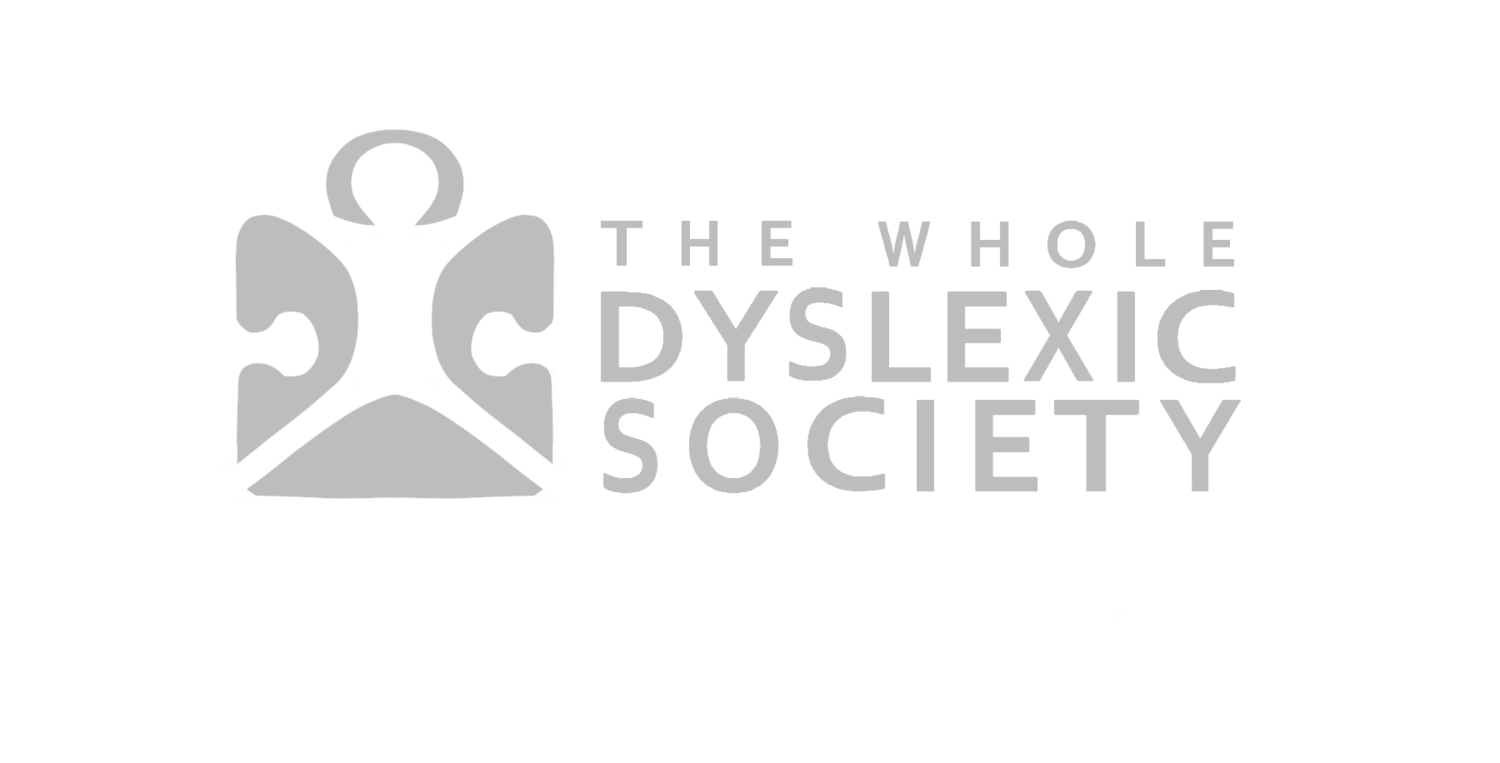The Davis Reading Program for Young Learners
This program is an effective way to provide the student with the necessary tools for reading and to develop the beginner reader into an accomplished reader by the end of grade three. It will give the child the conceptual skills needed to develop reading fluency and comprehension.
Interview and Assessment
An initial interview is used to establish whether the Davis Reading Program for Young Learners is appropriate for the child. The individual’s needs and goals will be addressed at this time.
The Program
The 30 hour learning enhancement program runs over 2 weeks. To accommodate the young age of the client the daily sessions are from 2-3 hours, one-on-one with a certified Davis Facilitator, and will include the following:
Davis Focus Strategies: These strategies provide the child with a self directed ability to be physically and mentally focused on the learning task at hand.
Symbol Mastery: Once this focus is ensured, the child is guided to make models of the basic symbols of reading and writing (i.e. alphabet and punctuation marks) Clay is used as a fun alternative to pencil and paper activities. This three-dimensional medium is regarded as an essential part of understanding and learning.
Word Mastery: The child learns to master the basic words in the language and to understand that all words are composed of 3 parts: what it means, what it sounds like and what it looks like.
Dictionary Mastery: This allows the child to fully understand and master the use of the dictionary.
Reading Strategies: These will help the child with reading skills such as tracking, left to right, accurate word recognition, and comprehension. After using these exercises, the child will naturally look to each letter in the word and eliminate the need for guessing. Recognition and understanding of all the symbols on the printed page allow the student to have a complete understanding, comprehension, and certainty of what is being read.
Auditory Orientation: This procedure ensures that the child has accurate auditory perception, which will help them with their listening skills.
Release and Dial: These two tools will help the student to control their energy levels and emotions to suit the task at hand.
Balance and Co-ordination: Kinesthetic and balancing exercises help resolve many coordination challenges and/or left-right confusions.
Parent Support Training: Training for a parent in symbol mastery and the reading exercises for the required support at home. Support person required to be present for about 50% of program.
Post Program Follow-up
Continued post program support is an essential part of its success. This includes:
3 review sessions
Continued email and phone support
Materials required for post program follow up
Social support sessions throughout the year
General
The greater the understanding in the family/school/post-program support system, the easier it is for the child to make their new learning techniques a real part of their lives.
The program is fun, plenty of breaks are taken and it is paced for the individual.
